#I pitocchi fortunati
Explore tagged Tumblr posts
Text
Ok, so I'd like to add someone who also was part of this big current, but isn't that well known nowadays: Carlo Gozzi was a venetian writer who, between 1761 and 1777 collaborated with the theatre company of Antonio Sacchi. He was strongly against the innovations of the Enlightenment in society and literature, and tried to save the italian theatre practice of the “Commedia dell’arte”, which lost popularity against new forms of drama.
He found a way to do it with his “fiabe teatrali”, theatre fairy tales, ten comedies that were inspired by folk and literary tales, taken from Basile, Straparola, Sarnelli, but especially the french “cabinet des Fées”, particularly the ones taken from “1001 days”. These pieces would use fantastical settings typical of the Commedia dell’arte, in which the mask characters could improvise comedic scenes, while he also wrote in scathing satires of contemporary literary and social fashions.
Gozzi was particularly against Carlo Goldoni, who tried to modernize italian theatre with more realism (and who is the only author among these who is still well-known and popular in Italy today), and Pietro Chiari, who used very melodramatic scenes and flowery language. Caricatures of these two even appear in the first fairy tale, “the love for the three oranges: Goldoni appears as the down-to-earth magician Celio, who is lessclever than he thinks, and Chiari appears as the snobbish and depressing Morgan le Fay.
The crazy thing is that this project really worked! By 1762 the Sacchi company had already overshadowed Goldoni and Chiari, and until 1765 they were still incredibly succesful in Venice. The popularity was also because of the imaginative special effects for the time, especially used in the transformation scenes.
While in Italy he was quickly forgotten, Gozzi enjoyed a lot of popularity during the 19th century in Germany, by Lessing, Schlegel, Goethe and Schiller and during the 20th century in Russia. Many adapted his fairy tales for the stage, like Ludwig Tieck, who used “la Zobeide” in his opera “Blaubart”, Hoffman, for his “Princess Brambilla”, Prokofyev for “L’amour des trois oranges”, Hans Werner Henze’s “König Hirsch” and many others.
But certainly Gozzi’s most influential piece was his retelling of Turandot, which inspired Giacomo Puccini’s last unfinished opera.
@infinitelytheheartexpands
A Fairy Tale Rabbit Hole

Snow White and the Seven Dwarfs is the movie that it started it all for Disney Animation and it's the most influential fairy tale movie ever. Its tropes and its tone still inspires fairy tale media to this day, either as parodies, or homages.
But what less people know is that Walt Disney was inspired to make this movie because of a peculiar silent movie that he watched when he was a teenager.
That movie was Snow White from 1916. Its writer, Winthrop Ames, adapted it from his own Broadway play. An example of American fairy tale theater.
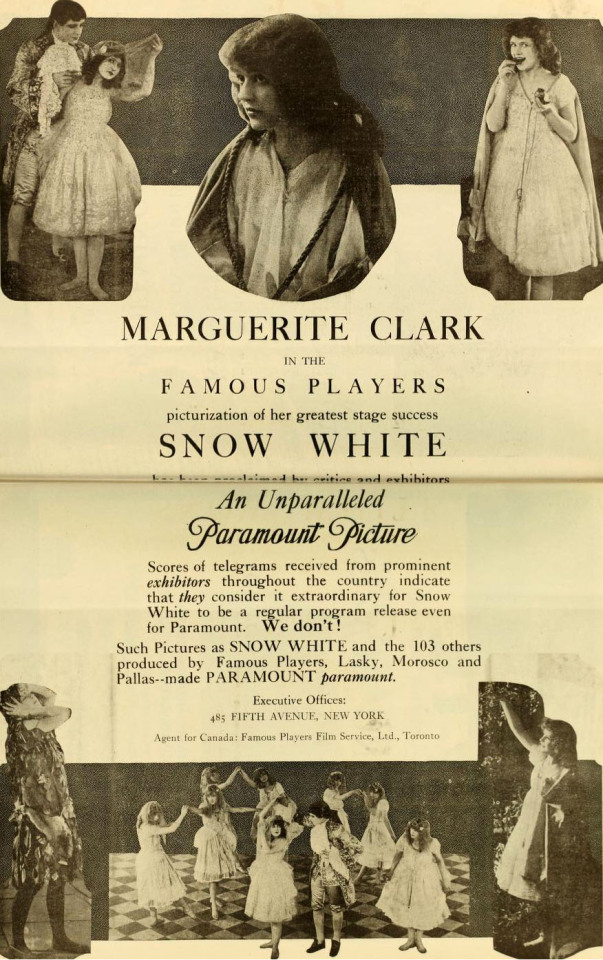
This kept me thinking.
The Wizard of Oz is one of the most iconic fantasy films of all time, and it was made in direct response to Snow White. What people don't know is that the scene where Glinda saves the gang from the deadly poppies with a snowstorm came straight from a fairy tale musical from 1902. It came from The Wizard of Oz, a fairy tale musical "extravaganza", with direct input from L. Frank Baum, only two years after the original novel.
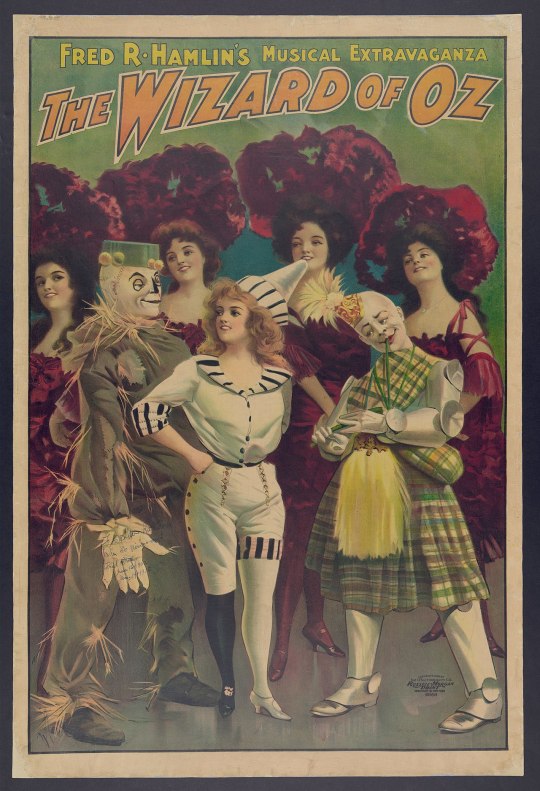
Actually, stage musicals seem to take a slight part in the creation of Oz. The Marvellous Land of Oz, the sequel, seems to be inspired by this stage culture. General Jinjur and her army dresses like chorus girls, Ozma/Tip may be inspired by the crossdressing in children roles, and this was the book's dedication:
"To those excellent good fellows and comedians David C. Montgomery and Frank A. Stone whose clever personations of the Tin Woodman and the Scarecrow have delighted thousands of children throughout the land, this book is gratefully dedicated by THE AUTHOR"
These were actors of the 1902 stage show.

Two years later, on 1904 Peter and Wendy premiered. This play is also one of the most famous children stories ever. Walt Disney himself acted as Peter in a local production of it and Tinkerbell quickly became a mascot for the studio.
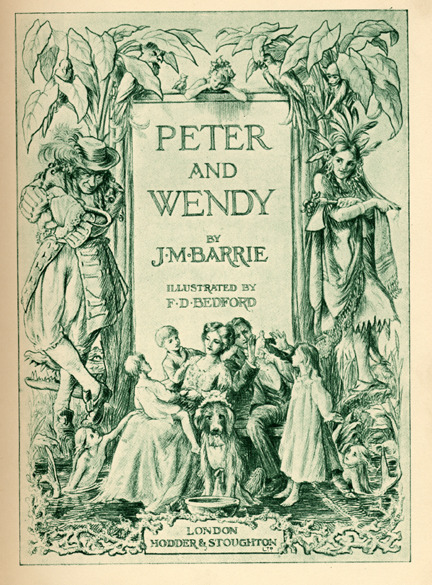
This all led me to think more about fairy tale theater specifically.
Since the ending of the 18th century and through the 19th century, a genre of stage show developed through Europe. It was mostly comedic and light-hearted, mainly inspired by fairy tales, and it was geared towards children and families. It involved lavish fantasy spectacles told through operas, ballets, and what we today would call "musical theater".
It had many different names and variations depending on the country.
On England, it evolved through the pantomimes and it became a Christmas tradition.

In Russian, it was mainly through ballet, called the ballet-féerie, often considered a lower-class, more commercialized entertainment than traditional ballet. Tchaikovsky's Sleeping Beauty and The Nutcracker are among some of them. Sleeping Beauty would later inspire Disney's telling of the story.
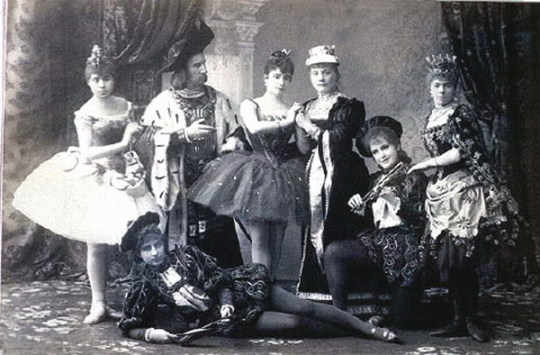
In France they were called Féerie, and it was a mix of music, dancing, pantomime, acrobatics, and stage effects. It influenced the development of burlesque, musical comedy and film.
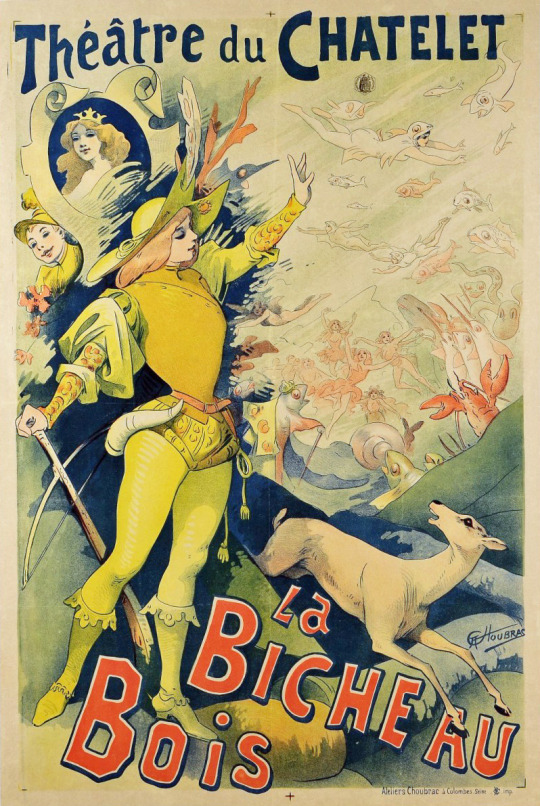
From Wikipedia:
With his 1899 film version of Cinderella, Georges Méliès brought the féerie into the newly developing world of motion pictures. The féerie quickly became one of film's most popular and lavishly mounted genres in the early years of the twentieth century, with such pioneers as Edwin S. Porter, Cecil Hepworth, Ferdinand Zecca, and Albert Capellani contributing fairy-tale adaptations in the féerie style or filming versions of popular stage féeries like Le Pied de mouton, Les Sept Châteaux du diable, and La Biche au bois. The leader in the genre, however, remained Méliès,[37] who designed many of his major films as féeries and whose work as a whole is intensely suffused with the genre's influence.[38]

Once you realize a huge chunk of fairy tale media has roots in family friendly stage shows from 19th century, a lot of it started making sense.
The focus on romance, the focus on damsels in distress, prevalence of lighter tones, the everlasting connection to music and dance.
They may be the main reason why some fairy tales are more famous than others. Some became source material for a continuous stream of operas, operettas, musical extravaganzas, ballets, plays, and others simply not.
And besides the Victorian Era storybooks that bowdlerized fairy tales for children, I think this whole genre of the theater was responsible to firmly establish fairy tales as a child friendly media, decades before Disney ever released Snow White to cash in that nostalgia.
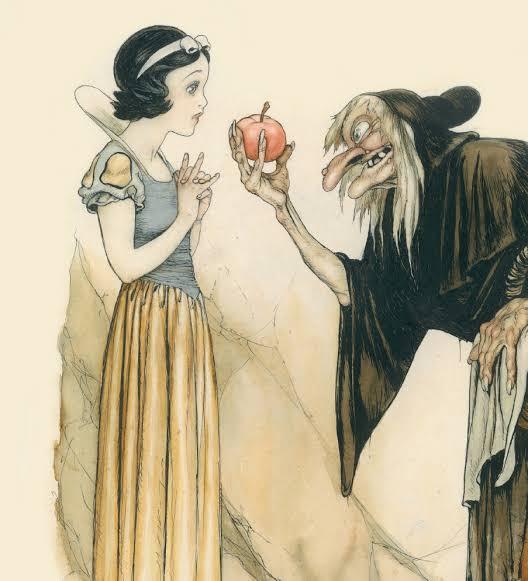
If you have something to add or if I just got something wrong, feel free to correct me.
@ariel-seagull-wings @princesssarisa @adarkrainbow @the-blue-fairie @theancientvaleofsoulmaking @natache @tamisdava2 @thealmightyemprex
#carlo gozzi#l’amore delle tre melarance#L’amour des trois oranges#Il corvo#La donna serpente#Il re cervo#König hirsch#The stag king#turandot#La zobeide#I pitocchi fortunati#Il mostro turchino#L’augellino bel verde#The green bird#Der schöne grüne vogel#Zeim re de’ geni#fairy tales#fairy tale retelling#fairy tale theatre#commedia dell'arte
62 notes
·
View notes